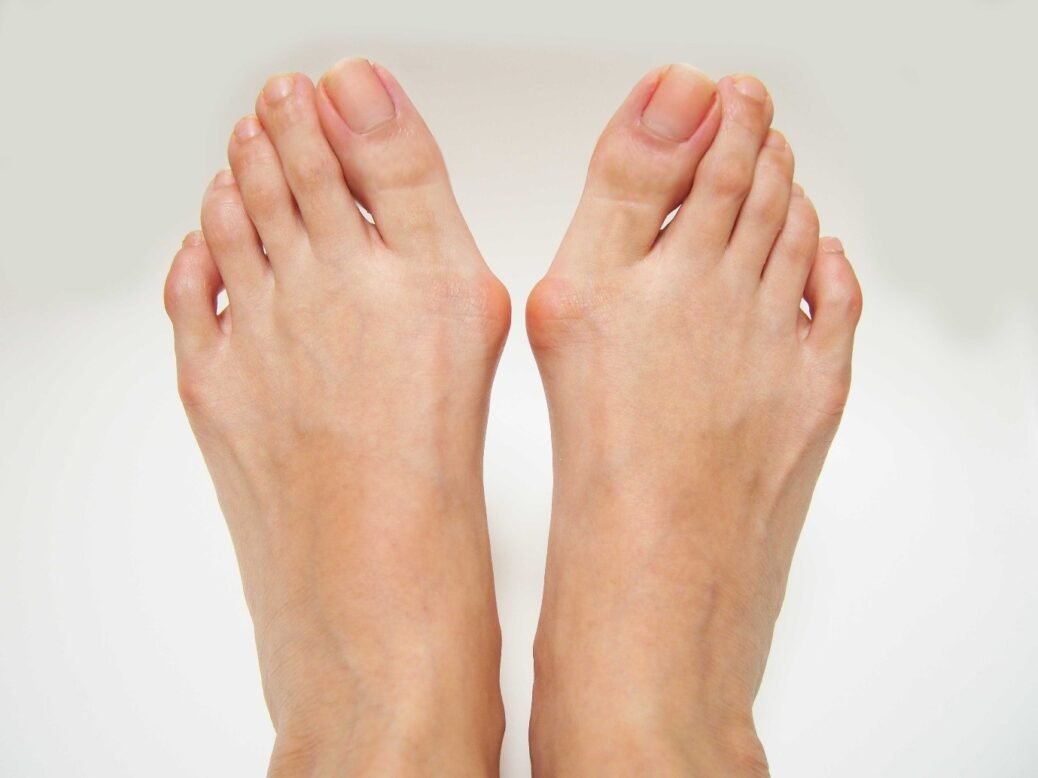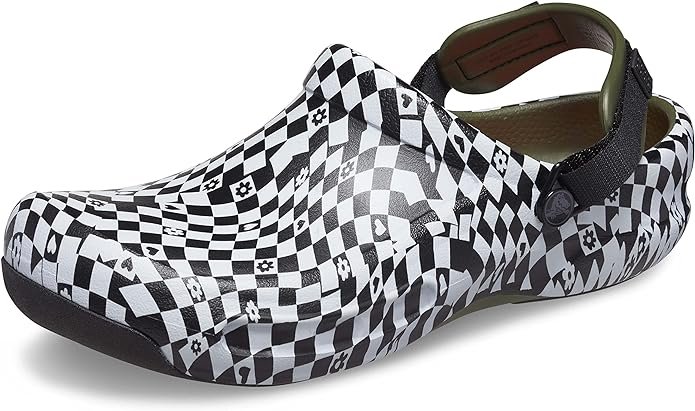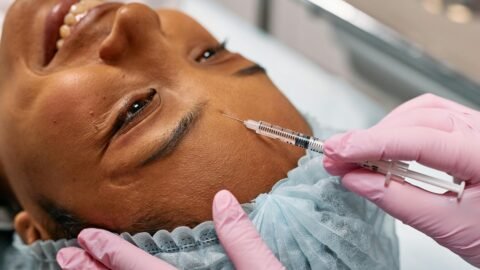Best Nursing Shoes for Bunions: Comfort and Support Solutions
Choosing the right shoes is crucial for nurses, as they spend extended periods on their feet, often dealing with foot conditions like bunions. A bunion is a bony protrusion at the base of the big toe, causing pain and discomfort, particularly when pressure is exerted by ill-fitting or inappropriate footwear. Therefore, it’s essential for nurses with bunions to find shoes that offer a harmonious blend of comfort, support, and style to manage their demanding work hours without exacerbating their condition.
To accommodate the unique needs that come with this foot issue, the best nursing shoes for bunions are designed with specific features such as wide toe boxes, supportive insoles, and soft, stretchable materials. These elements collectively work to alleviate pressure on the joints and provide the necessary support to reduce pain and inflammation. With countless options on the market, the search for the most suitable nursing shoe is both a personal and a practical challenge, driven by the individual’s foot anatomy and the severity of their bunions.
Understanding Bunions
A bunion is a bony protrusion that forms at the base of the big toe joint, known medically as hallux valgus. This occurs when some of the bones in the front part of the foot move out of place, causing the tip of the big toe to get pulled toward the smaller toes and forcing the joint at the base of the big toe to stick out.
The development of bunions can be attributed to various factors, including:
- Genetics: A predisposition to bunions might be inherited.
- Footwear: Tight, narrow, or high-heeled shoes can exacerbate bunion formation.
- Biomechanics: Flat feet, excessive foot pronation, and abnormal gait can contribute to their development.
Bunions can lead to symptoms like pain, swelling, redness, and restricted movement of the big toe. They are a progressive disorder, meaning symptoms usually worsen over time unless intervention occurs.
To diagnose a bunion, healthcare providers typically perform a physical examination and may request imaging tests like X-rays. Treatment ranges from conservative measures, such as changing shoes or using orthotic devices, to surgical options to correct the alignment of the toe and relieve discomfort.
It’s critical for individuals, particularly for professionals like nurses who spend extended periods on their feet, to select footwear that provides ample space and support to minimize the risk and alleviate the symptoms of bunions.
Key Features of Nursing Shoes for Bunions
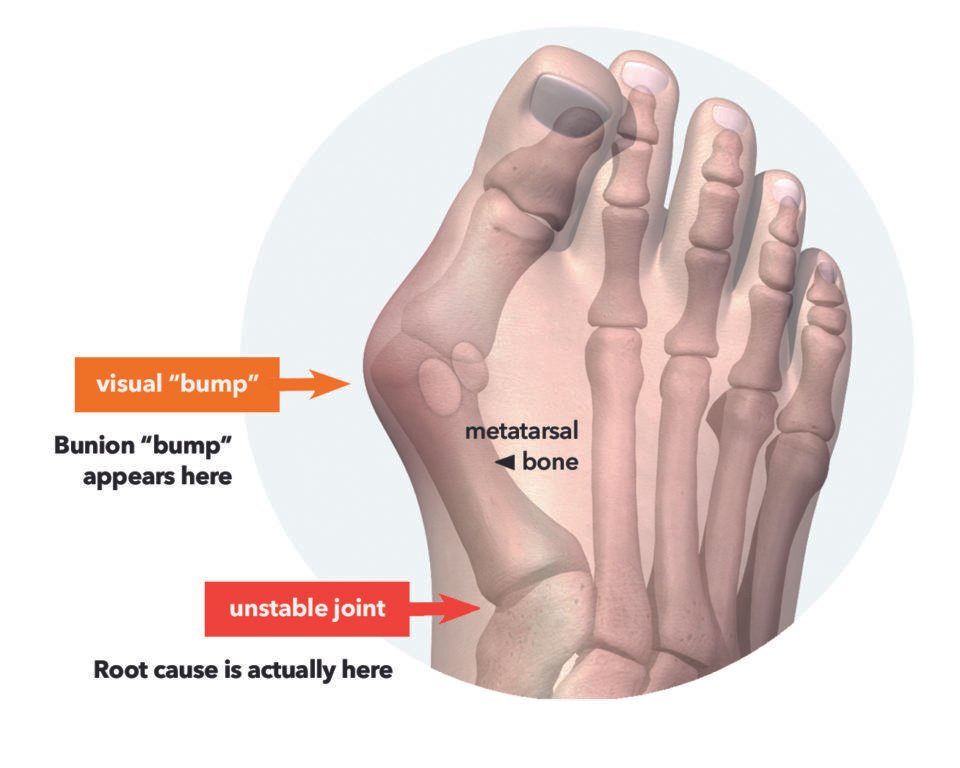
When selecting nursing shoes for bunions, it’s crucial to focus on features that provide relief and prevent further aggravation. Comfort and fit are paramount, aimed at minimizing stress on the forefoot.
Support
Adequate arch support is essential, as it helps distribute weight evenly across the foot, reducing pressure on the bunion. Shoes with a contoured footbed can deliver this support and prevent the foot from rolling inward, which can worsen bunions.
Cushioning
The right cushioning absorbs shock and lessens the impact on the bunion area. A good pair will feature a soft, but dense midsole material that offers comfort during long shifts.
Toe Box Space
Extra room in the toe box is critical for those with bunions. Shoes should have a wide and high toe box to accommodate the bunion without causing friction or pressure.
Material Flexibility
Shoes made of flexible material, like soft leather or advanced mesh, can mold to the shape of the foot, reducing irritation to sensitive areas. The material should also be breathable to keep the feet cool during long hours of wear.
Top Recommended Shoes for Nurses with Bunions
When selecting nursing shoes for bunions, it’s crucial to choose models that provide ample space for the toes, support good posture, and minimize pain. The following recommendations are tailored to meet the needs of nurses with bunions, ensuring comfort and protection during long shifts.
Slip-Resistant Models
WCXTY Bunions Nursing Shoes are noted for their slip-resistant soles, a vital feature that ensures safety in fast-paced, potentially slick healthcare environments. New Balance Women’s Fresh Foam 1080 V11 Running Shoe also offers excellent traction while providing a cushiony fresh foam sole, aiding in foot comfort throughout the day.
Orthopedic Shoes
Orthopedic shoes are purposely crafted to support foot health. The Orthofeet Coral Stretch Knit Shoe is designed with bunions in mind, featuring a wide toe box and additional depth, making them a top choice for plantar fasciitis as well. These shoes can be particularly helpful in alleviating pressure and providing the necessary support for nurses on the move.
Leading Brand Reviews
Nurses often turn to trusted brands for reliable footwear solutions. Brooks Women’s Ghost 14 Running Shoe is frequently recommended for nurses, as it combines smooth, stable ride quality with a roomy fit that accommodates bunions. Adidas Women’s Puremotion Adapt Sneaker is another leading option, offering a snug, sock-like fit and flexible cushioning to adapt to a nurse’s active day.
Factors to Consider When Buying
When selecting the best nursing shoes for bunions, individuals need to assess several critical aspects to ensure comfort, support, and durability. These factors profoundly impact the wearer’s experience, especially during long shifts.
Fit and Sizing
A proper fit is essential for nurses with bunions. Shoes should have a wide toe box to accommodate the bunion without causing pressure. They must also be snug enough around the heel to prevent slippage, which can lead to blisters and discomfort. It’s often recommended to try on shoes later in the day when feet are typically more swollen, to ensure the fit remains comfortable throughout various conditions.
Arch Type and Support
The individual’s arch type dictates the level of arch support needed. Nurses with flat feet require a different type of support compared to those with high arches. Shoes with good arch support help distribute weight evenly, reducing pressure on the bunion area. Notably, the Brooks Women’s Ghost 14 Running Shoe is often recommended for its adequate cushioning and support.
Price vs. Quality
It is wise to invest in high-quality shoes that will last and provide ongoing support rather than opt for cheaper options that may not offer the same level of comfort or durability. That said, there are budget-friendly choices that still maintain a standard of quality essential for nursing professionals, such as the New Balance Women’s 411 V1 Training Shoe. Balancing price and quality is key to finding a reliable pair of shoes.
Shoe Lifespan
Understanding the expected lifespan of a shoe is important. Nurses should look for durable materials and solid construction to withstand the demanding hospital environment. Shoes that have a robust outsole and high-quality upper materials tend to last longer. A shoe’s lifespan often justifies the cost, as a more durable shoe may reduce the need for frequent replacements.
Where to Buy Nursing Shoes
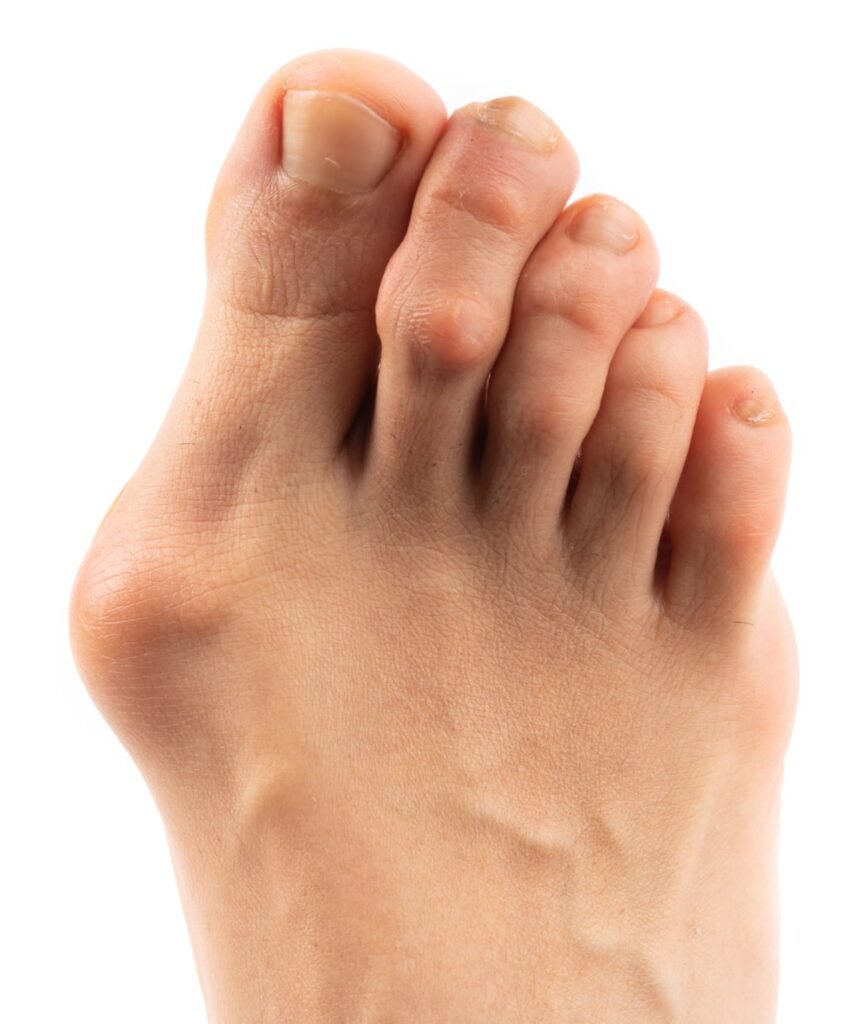
When searching for the best nursing shoes to accommodate bunions, buyers have several options ranging from online retailers and specialty stores to purchasing directly from manufacturers. Each option offers a range of choices, catering to different needs and preferences.
Online Retailers
Online retailers provide a convenient way to compare different brands and models without leaving home. Sites like Amazon offer a variety of nursing shoes suited for those with bunions, allowing customers to see user reviews and ratings which can influence their purchasing decisions.
Specialty Stores
Specialty stores, often focusing on medical or nursing supplies, carry footwear designed specifically for healthcare professionals. They provide the advantage of trying on shoes to get a perfect fit and often have knowledgeable staff to assist with specialized needs relating to foot conditions such as bunions.
Direct from Manufacturer
Purchasing directly from the manufacturer, such as Orthofeet, allows nurses to explore the full range of a brand’s offerings, often including shoes designed for comfort, durability, and specific foot issues. Some manufacturers also offer customizable options to better fit individual foot shapes and conditions.
Care Tips for Nursing Shoes
Proper maintenance of nursing shoes is essential for longevity and comfort, especially for those with bunions. The following care tips are tailored to preserve the shoe’s structure and sanitation.
Cleaning Methods
Nursing shoes require regular cleaning to keep them hygienic and in good condition. For shoes with a leather exterior, use a damp cloth and mild soap to gently wipe away soil or grime. Fabric or mesh shoes may benefit from a gentle cycle in the washing machine or hand washing. Always remove the insoles and wash them separately to ensure a thorough clean and air out the shoes completely before wearing them again.
Regular Rotation
It is beneficial for nurses to rotate between at least two pairs of shoes. This rotation allows the shoes to air out and the material to rest between wears, which may help prevent the breakdown of the shoe’s interior lining and overall structure. This practice is particularly crucial for nurses with bunions to prevent exacerbating the condition with shoes that have become too worn.
Insole Replacements
The insole of a shoe plays a pivotal role in providing support and cushioning. Those with bunions should inspect their insoles regularly for signs of wear and replace them when necessary. A worn-out insole can lead to inadequate support, which in turn could aggravate foot conditions. Replacement insoles should feature ample arch support and a cushioned heel to alleviate stress on the bunion area.
Dealing with Bunions at Work

When it comes to managing bunions during long shifts, certain strategies can make a significant difference. Adequate support and well-timed breaks can help alleviate discomfort for nursing professionals.
Proper Footrests
Nurses should consider investing in shoes designed for comfort, such as those mentioned in the list of the 10 Best Shoes for Nurses with Bunions. Additionally, using proper footrests can provide the necessary support during periods of prolonged standing. Angled or adjustable footrests allow for shifts in weight distribution, reducing strain on the feet.
Shift Duration and Breaks
It is important to manage the duration of continuous standing or walking during shifts. Implementing regular breaks helps to prevent the exacerbation of bunion pain. Nurses should sit and elevate their feet during these breaks to reduce pressure and swelling.
Exercises for Relief
Incorporating foot exercises into the workday can improve joint mobility and relieve bunion pain. Simple exercises such as toe stretches, toe flexing, and heel raises can be done discreetly even during a busy shift. Regular practice of these movements promotes circulation and foot strength, offering long-term benefits for those dealing with bunions.
